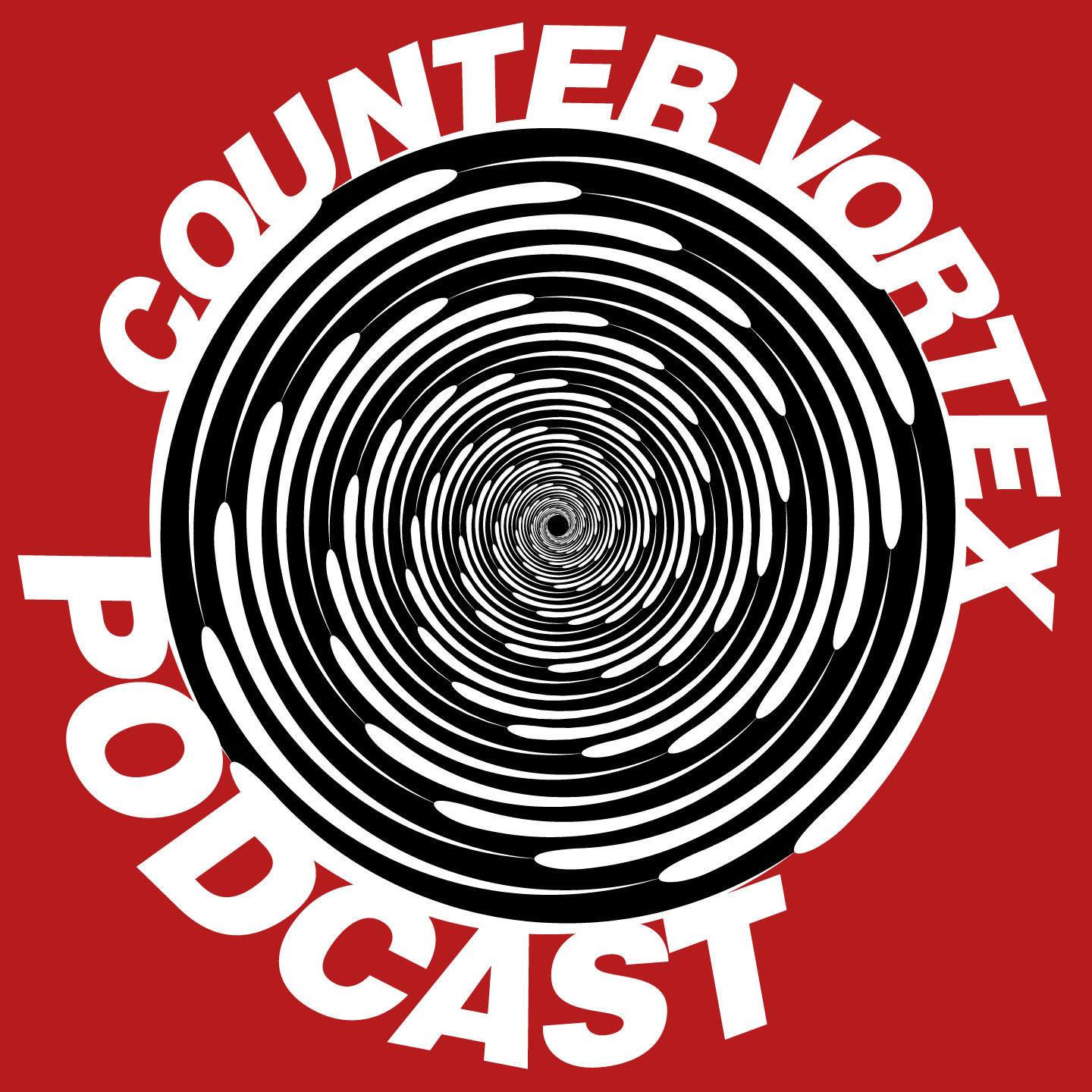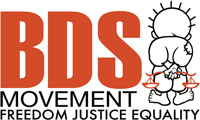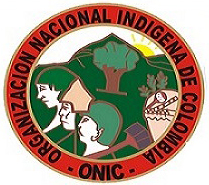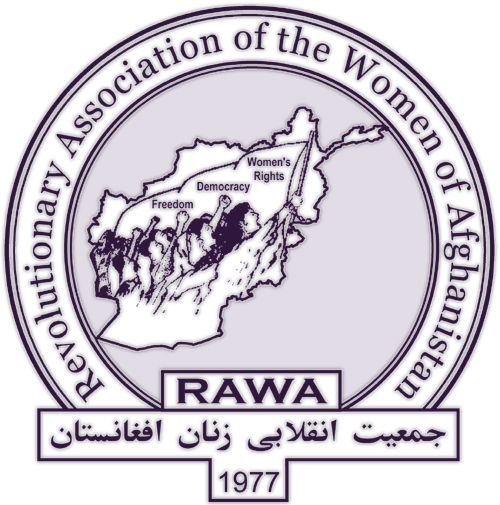FARC
Colombia: state seizes narco-lands from FARC
Colombia's President Juan Manuel Santos on July 18 announced details of an operation to seize nearly 278,000 hectares said to have been illegally usurped by the FARC in Meta region, on the eastern plains. "Operation Yari" was led by the military's elite Task Force Omega, although it was not clear if any actual combat was involved. Santos said the lands were a mixture of private predios (collective peasant holdings) and "vacant" state lands. While Santos named the FARC's East and Southern fronts as controlling the lands, there was some ambiguity as to how they had been usurped. He said: "These lands had been acquired illegally, because the titles were not legal or because they were occupations of vacant lands" that pertain to the state. He said the former predios would be turned over to the government's Banco de Tierras for redistribution to expropriated campesinos, as mandated by the terms of the peace process now underay. He said the lands were used by the FARC both for cattle ranching and processing cocaine. Many of the lands were in La Macarena, an area the government has especially targeted for coca eradication. (MiRegión, La Macarena, El Espectador, Bogotá, Radio Caracol, Reuters, July 17)
Colombia overtakes Peru in coca production
Colombia surpassed Peru last year in land under coca cultivation, resuming its number one position for the first time since 2012. The latest annual report from the UN Office on Drugs and Crime (UNODC) finds that territory under coca cultivation dropped 14% in Peru, from 49,800 hectares in 2013 to 42,900 in 2014—the smallest area under cultivation since 1998. Colombia meanwhile experienced a 44% jump from 48,000 hectares to 69,000. Peru made gains against coca in the Upper Huallaga Valley, while coca fields expanded in Colombia's Putumayo, Caquetá, Meta and Guaviare regions—all on the frontier lands of plains and rainforest east of the Andes. The findings do not necessarily mean that Colombia is now the world's top cocaine producer, as much of Peru's crop is more mature and higher yielding, having never been subjected to eradication. While Peru eradicates in the Upper Huallaga, it resists US pressure to do so in a second coca cultivation zone, the Apurímac-Ene Valley, for fear of inflaming peasant unrest. (AP, UNODC, July 15; UNODC, July 2)
Venezuelan tribes protest violent mining gangs
Members of the Pemón indigenous people on June 1 blocked the landing strip of Venezuela's Canaima National Park in southern Bolívar state, in protest of illegal miners operating on their lands. The action was undertaken to mark the 20th anniversary of Canaima being declared a UNESCO World Heritage Site. Leaders announced via Twitter that the Pemón will maintain a state of "rebellion" until there is action on the issue. Over the last decade, illegal mining for gold, diamonds and other minerals has spread rapidly through the Venezuelan Amazon, affecting peoples including the Pemón, Yanomami, Hoti, Eñepa, Yekuana and Arekuna. Some operations run by armed gangs said to be linked to Colombia's FARC guerillas. Rivers are being contaminated with poisonous mercury used in gold mining, devastating the health of indigenous communities. In some communities, the infiltration of gangs has led to prostitution and alcoholism.
Colombia: peace talks resume —as war escalates
Since Colombia's FARC guerillas called off their unilateral ceasefire following a military air-strike last month, peace talks with the government have resumed in Havana. As the new phase of talks opened May 25, FARC leaders appealed to the government to instate a bilateral ceasefire. (EFE, May 25) But the very next day, government forces carried out a mixed land and air assault on a camp of the FARC's 18th Front along the Río Chimirindó, in Riosucio municipality, in the Pacific coastal region of Chocó—leaving 41 guerillas dead. Among the dead was the 18th Front's commander, Román Ruiz, authorities said. (El Teimpo, May 26) The next day, Colombia's air force carried out new strikes, targeting the 4th Front of the FARC's Magdalena Medio Bloc at Alto la Cruz hamlet, Segovia municipality, Antioquia. Ten guerillas were killed in the strikes—which came as the climax of a three-day operation in the area that authorities said left 36 guerillas dead. (El Tiempo, May 27)
Colombia: FARC break off ceasefire after air-strike
At least 18 FARC fighters were killed May 22 in an air-strike on a camp near the coastal village of Guapi in Colombia's southwest region of Cauca. The strike came little more than a month after President Juan Manuel Santos ended a suspension of aerial bombing in response to a guerilla attack that killed 11 soldiers. The army said the aim of the air-strike was intended to kill "Javier el Chugo," second-in-command of the FARC’s 29th front, although it wasn't immediately clear if he was among the dead. (Colombia Reports, May 22) The FARC responded to the bombardment by announcing its own suspension of a unilateral ceasefire the guerillas had declared in December. A statement from the FARC command said: "We did not seek the suspension of the unilateral and indefinite ceasefire proclaimed on Dec. 20, 2014 as a humanitarian gesture to de-escalate the conflict, but the incoherence of the Santos government has done it, through 5 months of ground and air offensives against our structures throughout the country." (Colombia Reports, May 20)
Colombia: peace process in jeopardy?
Colombia's President Juan Manuel Santos on May 9 called upon his National Drug Council to halt the spraying of glyphosate on suspected coca fields following its recent reclassification as a carcinogen by the World Health Organization. The decision to put an end to 20 years of the US-backed aerial spraying was applauded by leaders of the FARC guerillas. The spraying has long been opposed by the FARC as well as by Colombia's peasant communities. Santos' announcement came one week after government representatives and FARC leaders met in Havana for the 35th round of peace talks—this time to focus on justice and restitution for victims of Colombia's long civil war. (Colombia Reports, May 10; Prensa Latina, May 3)
Colombia: peace efforts bear (tentative) fruit
Colombians made history March 8, as tens of thousands took to the streets in cities and towns nationwide—joined by Colombian ex-pats and immigrants in the US, Canada, Europe and elsewhere—to show their support for peace talks between the government and FARC guerillas. The "March for Life" was organized by Bogotá’s ex-mayor Antanas Mockus and was embraced by President Juan Manuel Santos, who joined the march in the capital. Since then, there have been some encouraging signs that the country's multi-decade armed conflict is really coming to an end. (EuroNews, March 9;AP, Colombia Reports, March 8)
Colombia: threats mount against victim reps
Victim representatives at peace talks with the FARC rebels held a press conference in Bogotá Feb. 20 to demand action from the Colombian government over mounting death threats against them. At least 14 of the 60 representatives have received death threats because of their participation—and the son of one representative was killed. Nilson Liz, a regional leader of the National Association of Campesino Land Users (ANUC) from Cauca department, said that following his trip to Cuba for the talks, unknown assailants murdered his son Dayan on Jan. 1. ANUC, which is seeking return of lands stolen by armed groups, has had 90 leaders assassinated since its founding in 1970. (Colombia Reports, Feb. 21; Semana, Feb. 20)















Recent Updates
27 min 34 sec ago
1 day 6 hours ago
1 day 18 hours ago
1 day 18 hours ago
2 days 18 hours ago
2 days 19 hours ago
2 days 19 hours ago
3 days 21 hours ago
4 days 2 hours ago
4 days 17 hours ago